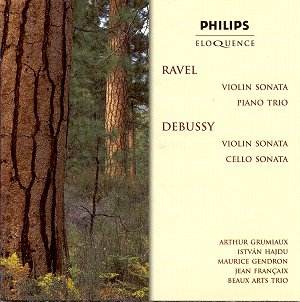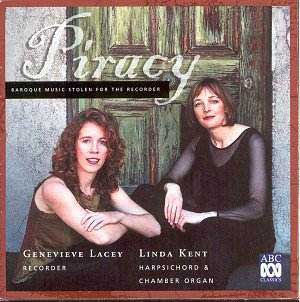 Composer: Camille Saint-Saëns
Composer: Camille Saint-Saëns
Works: Overture: La Princesse jaune; Requiem; Symphony No. 3 (Organ Symphony)
Performers: Tinuke Olafimihan (soprano), Catherine Wyn-Rogers (contralto), Anthony Roden (tenor), Simon Kirkbride (bass), James O’Donnell (organ), The Hertfordshire, Harlow, and East London Choruses, London Philharmonic Orchestra, Geoffrey Simon (conductor)
Recording: Recorded at All Saints Church, Gospel Oak, London, 14 – 19 January 1993; Grand Organ recorded at Westminster Cathedral, 15 April 1993
Label: Cala Records
Saint-Saëns emerges as a multifaceted composer whose works reflect a rich tapestry of emotion, cultural influences, and musical innovation. The present disc, featuring the Overture to La Princesse jaune, the Requiem, and the Symphony No. 3, encapsulates both the composer’s theatrical flair and his profound spirituality. Written during the late 19th century, these works highlight Saint-Saëns’ ability to synthesize Romantic expressiveness with classical formality, making them essential repertoire for understanding the evolution of French music.
The recording opens with the Overture to La Princesse jaune, a delightful piece that channels the spirit of Offenbach while also hinting at Saint-Saëns’ unique voice. Geoffrey Simon’s conducting brings a buoyancy to the orchestration, with the London Philharmonic Orchestra executing the playful motifs with precision and charm. The bright and airy sound quality captures the piece’s whimsical nature, enhancing its lighthearted narrative of a Dutchman entranced by a Japanese figurine. The orchestra’s deft interplay with the various woodwind lines adds layers of color, and the ensemble’s cohesive sound is evident from the outset.
Transitioning to the Requiem, the performance takes on a more somber tone. This work, composed hastily in eight days, reveals a deep emotional landscape shaped by personal tragedy. The quartet of soloists—Olafimihan, Wyn-Rogers, Roden, and Kirkbride—harmonizes beautifully, each voice contributing to a rich tapestry of sound. Particularly noteworthy is the serene Hostias, where the blending of voices with the lush orchestral textures creates a moment of transcendent beauty. The instrumentation, featuring harp and organ, is rendered with a clarity that showcases Saint-Saëns’ refined orchestration, while the engineering allows for a vivid spatial quality that envelops the listener.
The Symphony No. 3, often dubbed the Organ Symphony, follows as the program’s crowning jewel. The anticipation leading to the majestic entrance of the organ in the finale is palpable, and James O’Donnell’s performance on the grand organ at Westminster Cathedral is nothing short of electrifying. The final movement’s thrilling climax, where the organ’s sonority intermingles with the orchestra, exemplifies Saint-Saëns’ brilliant orchestral writing. Simon’s pacing throughout the symphony balances the contrasting moods effectively, ensuring that the majestic and the lyrical coexist harmoniously. This recording captures the work’s dynamic range, from the introspective opening to the triumphant conclusion.
Technical aspects of the recording deserve special mention, as the sound engineering achieves a remarkable balance between the orchestral forces and the solo voices, allowing each element to shine without overwhelming the others. The acoustic of All Saints Church contributes to a warm resonance, enhancing the ethereal quality of the music while maintaining clarity and definition in the orchestration.
This performance stands up well against other notable recordings of these works, particularly for its emotional depth and sonic clarity. The interpretive choices made by Simon and his ensemble result in a compelling listening experience that invites both reflection and reverence. The combination of the Requiem and the Organ Symphony creates a powerful juxtaposition of grief and triumph, encapsulating the dualities present in Saint-Saëns’ oeuvre.
The thoughtful programming of this disc, alongside the compelling performances and high-quality recording, illuminates Saint-Saëns’ artistry in a fresh light. This collection not only celebrates the composer’s well-known works but also reaffirms the relevance of his lesser-known pieces, inviting both seasoned aficionados and newcomers to engage with the richness of his musical language.



